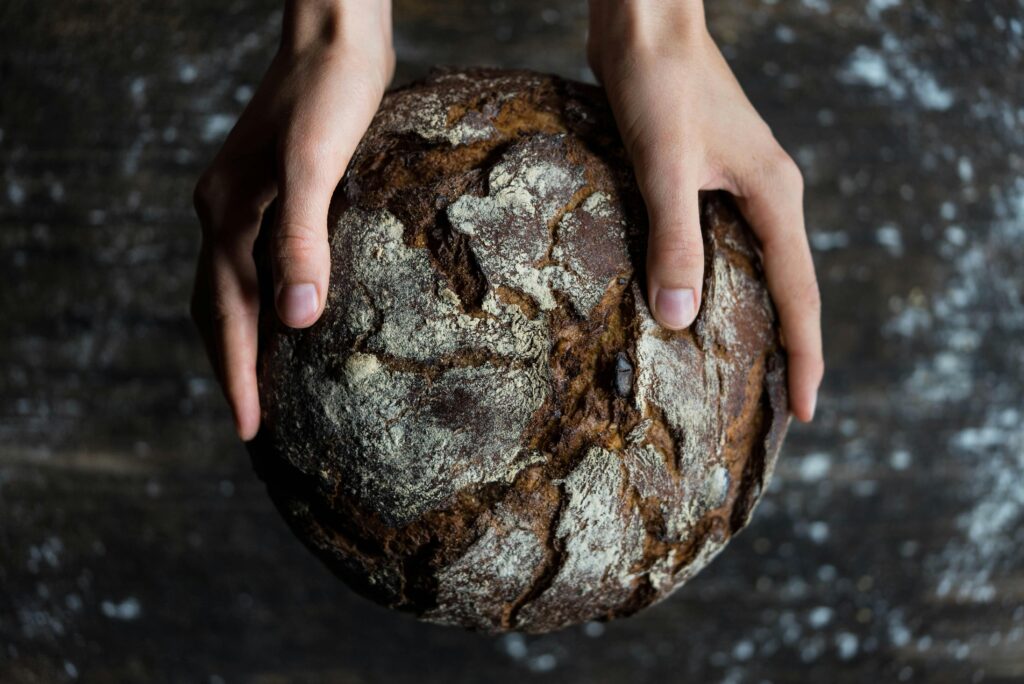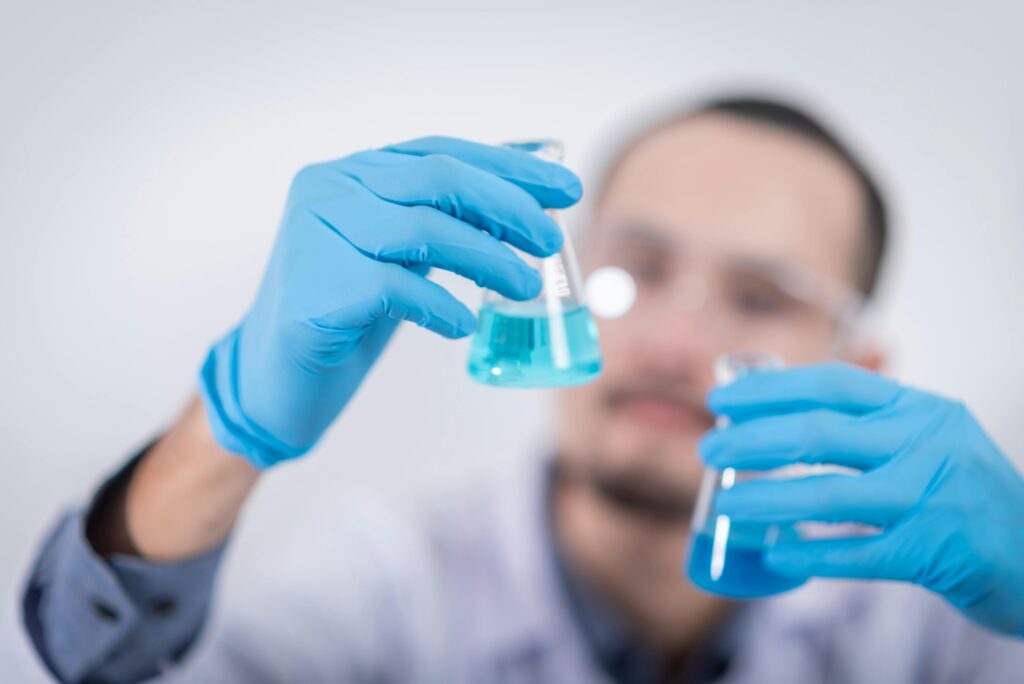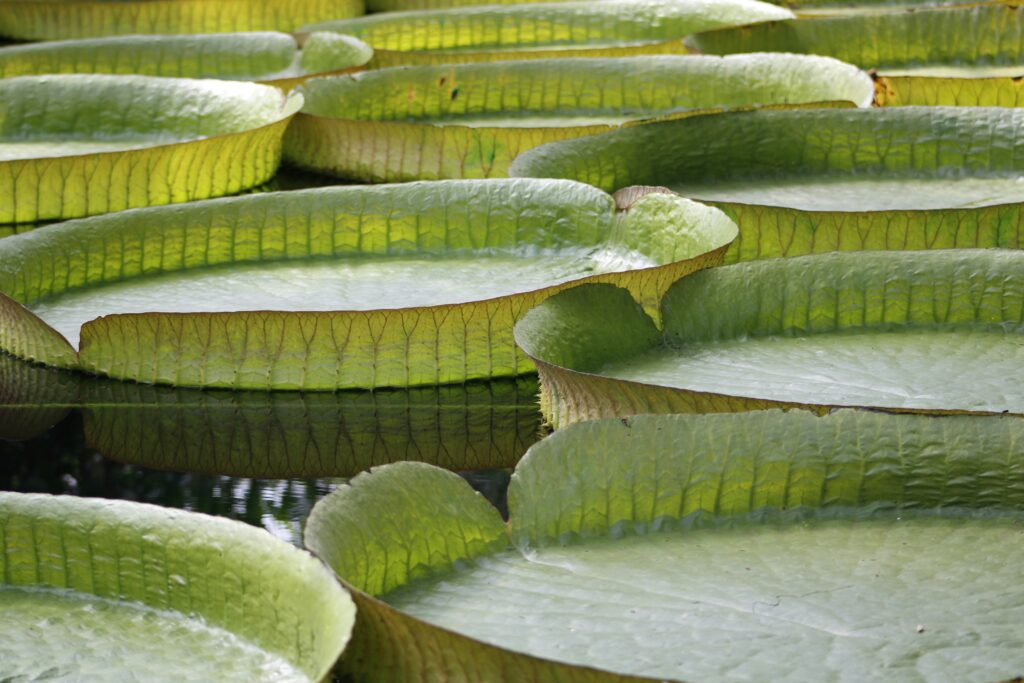While it may sound mundane, bread is a true wonder food when it comes to supporting populations across the globe. From biscuits and cakes to loaves and muffins, practically every culture has a unique bread that they have made and relied on for centuries. It has been cited that up to 80% of the world’s population consumed bread in 2022. All of this goes to show just how pivotal bread is in our survival…and culinary enjoyment of course!
But what magical science underlies the formation of bread? How can there be so many types of bread in the world? And most importantly, how does bread rise?
What is Rising?

Rising is the process of air bubbles being created and trapped within bread as it is being formed and cooked. These air bubbles consist of carbon dioxide that is formed through specific chemical reactions. The amount of gas produced is usually dependent on the ingredients within the bread.
When these gases are created within the dough, they are trapped by a network of elastic proteins. This causes the bread product to expand and create a light network that is usually spongy and filled with delicious texture.
Depending on your specific flour, sugar, and most importantly, rising agent, your baked product can be extremely light, dense, airy, or even spongy!
One important thing to understand about rising is that for it to occur, you need your bread to actually be capable of capturing gas. For most bread, flour is the ingredient that allows for all of this magical gas capture to occur. It has two specialized proteins, gluten, and gliadin, which act to form an elastic framework that can both capture air and expand with it.
In culmination, these properties are what make bread so diverse and enjoyable, which is why it is a staple across the world!
Yeast Can Cause Bread to Rise

One of the most popular ingredients that is used to raise bread is yeast. In reality, yeast is actually a living single-celled fungus. There are around 160 unique species of yeast, many of which are living around you as you read this article. It can be pretty weird to think that one of the main ingredients in our bread is alive.
When you buy yeast from the store, the cells are actually considered to be dormant. They lie in a state of rest until they encounter a stimulus such as water or food. After they encounter something tasty to eat, they wake up and start metabolizing.
Interestingly enough, when they start metabolizing, they can produce small outgrowths called “buds”. These buds begin to grow all on their own, which is why bread cultures can be so effective.
In dough, yeast begins to eat into the sugars available in the dough, breaking them down into natural alcohols and carbon dioxide. It is for this reason that we often include multiple sugar products in our doughs. This process is actually the exact same process that is used for the production of alcohol products!
The carbon dioxide that is produced by the yeast can be captured by the gliadin and glutenin within the dough. This creates the large doughy air bubbles that we know and love.
Benefits of Using Yeast
Yeast can unfortunately be a very fickle ingredient to use, as it requires a certain amount of sugars, a precise temperature window, and most importantly, a good amount of time to work. Despite this, there are some real and true benefits to using yeast as an ingredient to raise bread.
Generally, the main benefit of yeast is that it is a living thing. It can persist over a long period and be altered in dough, allowing for multiple evening events to occur in a single loaf. This allows bakers to create intricate loaves that have extremely airy guten matrixes. Additionally, since it is alive, people can actually make “sough dough starter” cultures that they can use to make bread for years to come!
Baking Powder and Baking Soda Can Cause Bread to Rise

So, why does some bread rise even though they have no yeast? The answer has to do with two other ingredients: baking powder and baking soda.
Some other ingredients that are commonly used to leaven bread are baking powder and baking soda. Similar to yeast, both of these ingredients can react with acidic compounds to produce carbon dioxide. Essentially, they create a similar rising effect as yeast.
Since they aren’t alive, baking powder and baking soda are limited in the amount of carbon dioxide they can produce. Additionally, they tend to fizzle out quickly, producing the majority of their gasses in the start of their reactions.
Benefits of Using Baking Powder and Baking Soda
Despite their limitations, there are a lot of great benefits to using baking powder and baking soda to level your baked goods. Firstly, since they are limited in gas production and produce a lot of gas at once, they are great for making low- or fast-leavened goods such as muffins.
Likewise, they don’t require quite as much care as yeast. This makes them easier to handle, which can be a huge benefit for new bakers!



